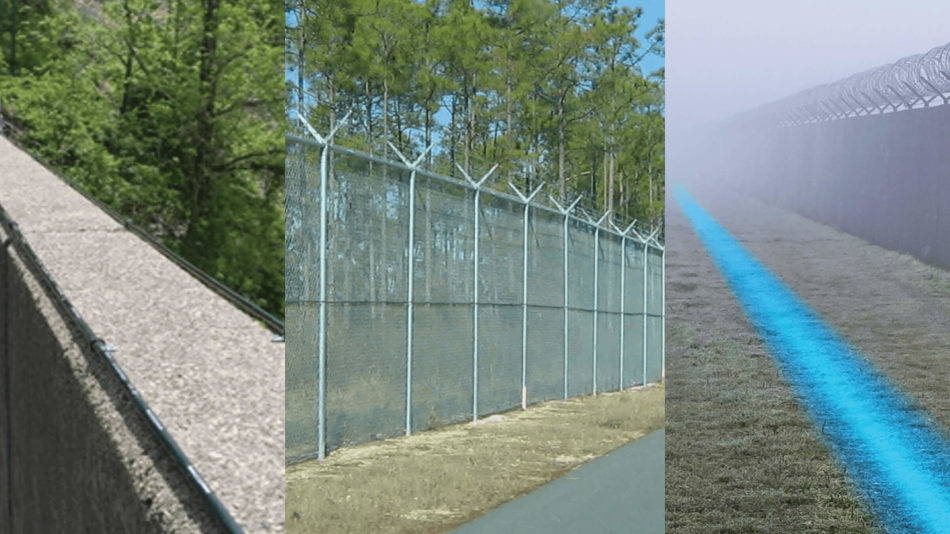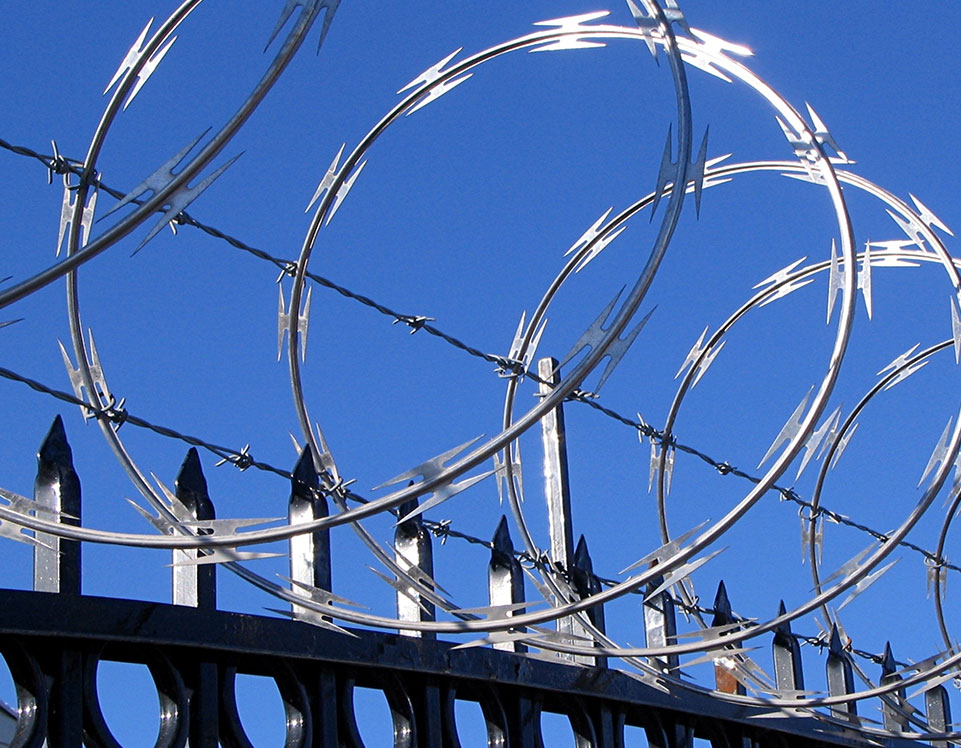Why You Should Choose of a Fiber Optic Security System for Modern Security Solutions
Why You Should Choose of a Fiber Optic Security System for Modern Security Solutions
Blog Article
The Ultimate Overview to Fiber Optic Security Systems for Your Company
In an age where safety problems are critical for services, comprehending the ins and outs of fiber optic modern technology can be transformative. This overview outlines how integrating fiber optic security systems not just boosts information security however likewise supplies benefits like resistance to disturbance and real-time monitoring capacities.
Recognizing Fiber Optic Innovation

The core of a fiber optic cable consists of a slim glass or plastic facility, surrounded by a cladding layer that reflects light back into the core. Single-mode fibers are created for long-distance transmission, while multi-mode fibers are suitable for shorter ranges, commonly utilized within structures.
Fiber optics are not just much faster but also much more safe than conventional electrical wiring. Their fundamental resistance to electro-magnetic disturbance and the trouble of tapping into the signal without discovery make them a favored option for companies focusing on information stability and safety. As companies progressively depend on protected and effective communication systems, comprehending fiber optic technology becomes important for informed decision-making.
Key Advantages of Fiber Optic Protection
When thinking about security options for a company, the advantages of fiber optic systems are especially compelling. Fiber optic technology offers phenomenal information transmission rates and data transfer ability, making it excellent for taking care of high-resolution video clip feeds from surveillance cameras. This capability makes sure that safety workers receive real-time information, enhancing general reaction times to potential protection risks.
Moreover, fiber optic wires are naturally immune to electro-magnetic disturbance, which can endanger the stability of standard copper-based systems. This resistance ensures that the data transferred stays safe and uninterrupted, supplying an extra reputable safety facilities. Furthermore, fiber optics are less susceptible to physical damages, as they are made from glass as opposed to steel, reducing maintenance costs and downtime.
Fiber optic systems provide boosted cybersecurity attributes, consisting of encryption abilities that shield delicate data from unauthorized gain access to. Collectively, these advantages make fiber optic safety systems a robust option for services seeking to enhance their safety and security steps.
Setup Process and Considerations
Considering the complexities included, the installation process of fiber optic safety and security systems calls for careful preparation and execution. The preliminary step involves a thorough site analysis to identify ideal locations for cabling and equipment. This assessment needs to take into consideration environmental variables, existing facilities, and possible susceptabilities.

Furthermore, the setup should abide by local building regulations and industry standards. This might include coordinating with numerous stakeholders such as building managers, IT teams, and safety employees to guarantee seamless assimilation with existing advice systems.
Post-installation, extensive testing is needed to verify system efficiency and identify any kind of concerns that might arise. By prioritizing these considerations during the installment procedure, businesses can make certain a durable and efficient fiber optic security system that fulfills their specific security needs.
Newest Technologies in Fiber Optic Safety
Current advancements in fiber optic modern technology have considerably improved the capabilities of protection systems for organizations. One of the most remarkable advancements is the combination of fiber optic sensors that can spot vibrations and invasions along the border of a facility. These sensors offer real-time monitoring, enabling rapid action to prospective breaches.
In addition, the growth of distributed fiber optic noticing modern technology allows for the continual surveillance of large locations with a solitary fiber cable television. This approach not only decreases setup costs but additionally enhances the integrity of checking systems by eliminating the need for multiple, different sensors.
Moreover, developments in multiplexing strategies have enabled services to transfer huge amounts of data over fiber optic networks, boosting the capabilities of video surveillance systems. High-def video click here for more feeds can currently be sent out over cross countries without loss of high quality, guaranteeing that protection personnel have access to clear and actionable details.
Lastly, using expert system (AI) along with fiber optic systems is changing threat detection. AI algorithms can assess information from fiber optic networks to identify unusual patterns or actions, enabling positive security measures. These innovations collectively represent a significant leap onward in fiber optic safety technology.
Selecting the Right System for Your Organization
Choosing the suitable fiber optic safety and security system for your business is crucial for guaranteeing optimal protection and tranquility of mind. To make an informed selection, examine your particular security demands, thinking about elements such as the dimension of your properties, the nature of your operations, and potential vulnerabilities.
Begin by reviewing the level of safety called for; for example, high-risk atmospheres may demand innovative systems with integrated surveillance and breach detection abilities. Next off, take into consideration scalability; as your organization expands, your safety and security system should be qualified of broadening to fit boosted demands without substantial overhauls.
Furthermore, explore the integrity and efficiency of different systems. Try to find providers with well established online reputations and client reviews that vouch for their service high quality. It's additionally advisable to ask about the technology's compatibility with existing infrastructure, guaranteeing a smooth integration procedure.
Conclusion
Finally, fiber optic security systems present a durable remedy for improving business safety infrastructures. The assimilation of high-speed information transmission, resistance to electro-magnetic interference, and progressed surveillance abilities considerably improves overall defense (fiber optic security system). By comprehending the modern technology, recognizing its advantages, and taking into consideration the installment procedure, organizations can make informed choices. The current advancements further reinforce the efficiency of these systems, making certain that companies continue to be secure and adaptable in an ever-evolving risk landscape.
Report this page